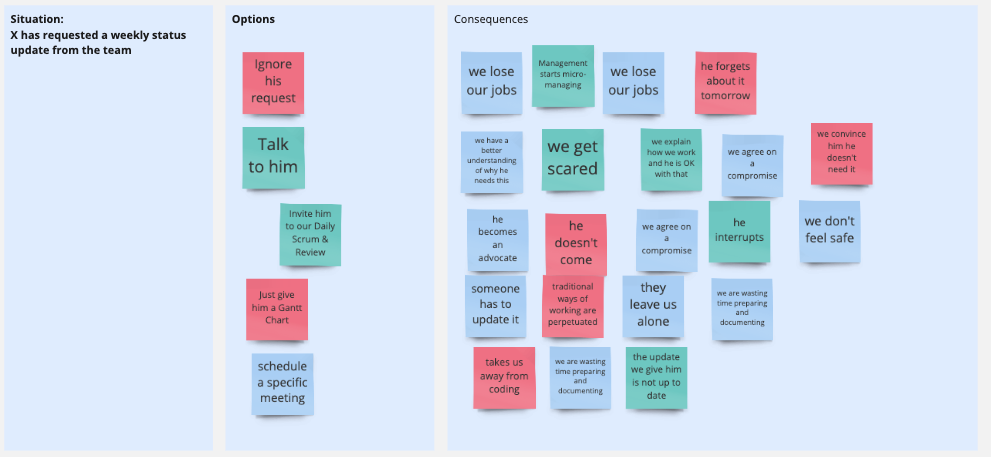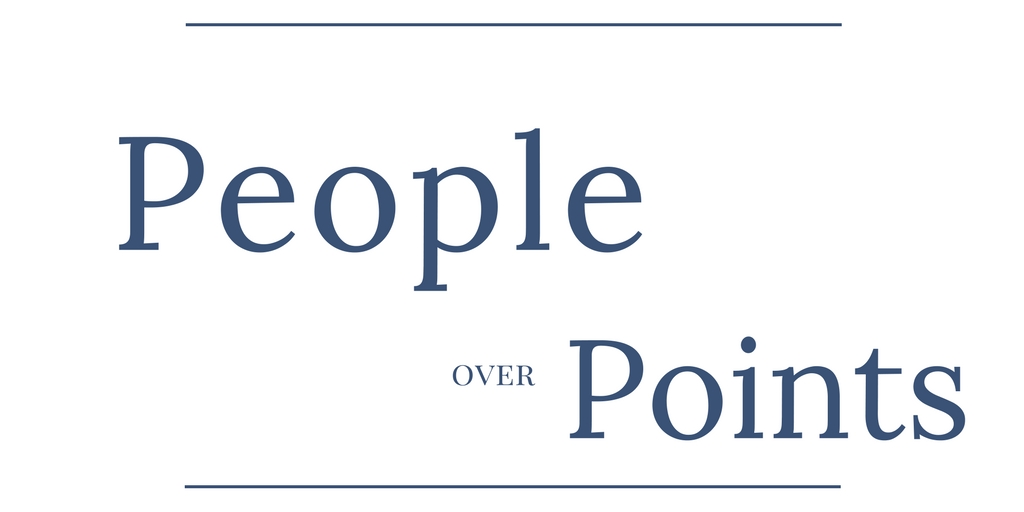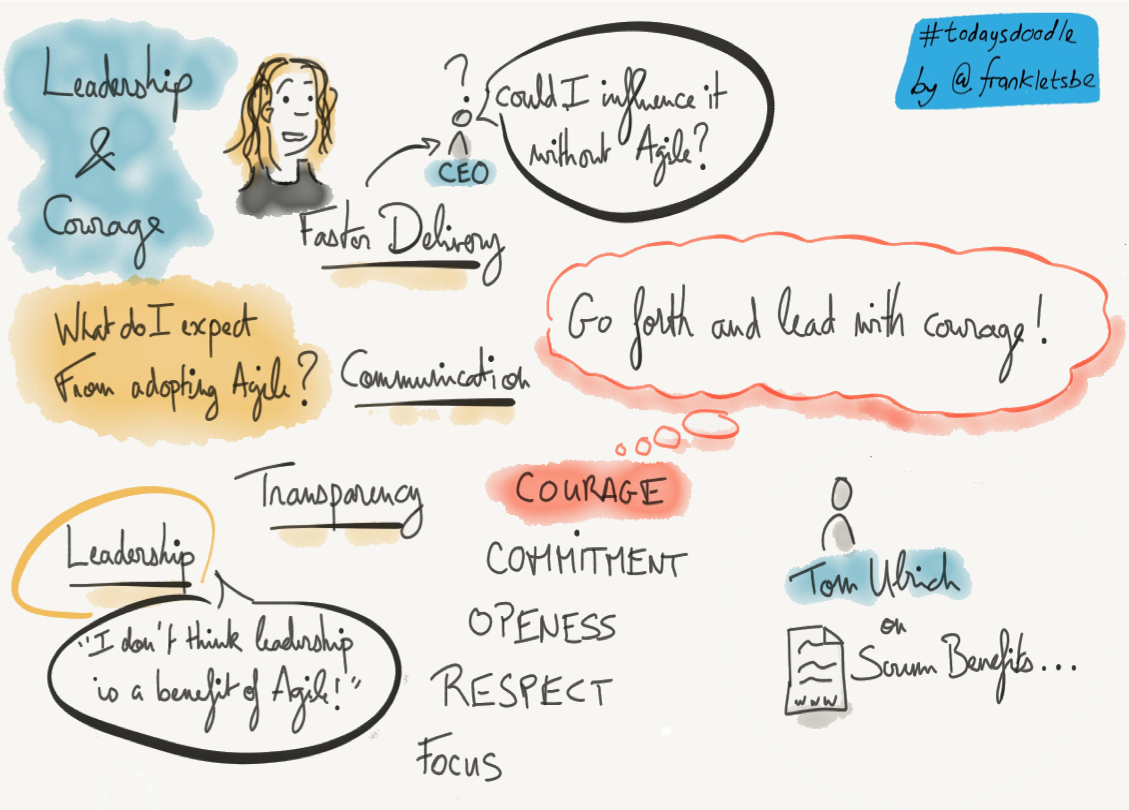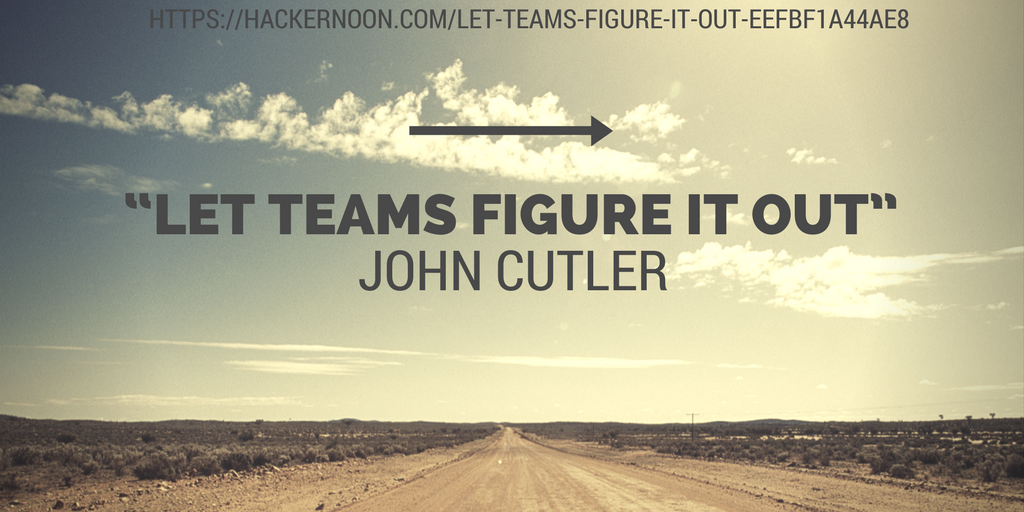
A few background details. First off, our organisation has Principles that really resonate with us; we are on board with our purpose and it guides everything we do. Individual Scrum Teams also have their charters. Nevertheless, what we were looking for was some principles that would help us make decisions for our Product Team (a group of 6 Scrum Teams). When we use the term “Product Team” that is inclusive of Engineering, Product and Design.
We started with inspiration from other organisations. Principles are easy to find. Lots of organisations and teams post them. I won’t share all of the examples that we found because I think it’s useful to find your own. I wasn’t 100% convinced that starting with a list from others was the right way to go but it’s what we had agreed to do so I went with it. Generally, it’s nice to brainstorm your own things but these are so theoretical, I found it really useful to have a starting point.
For an example of what to look for, these IT Revolution DevOps examples really resonated with me. Interestingly, they actually call them “Ideals” but they were the kinds of things we were looking for.
https://itrevolution.com/five-ideals-of-devops/

We compiled a list of these from a lot of different sources, just think about organisations you respect and search to see if they have published something. It actually ended up being a really big list, about 70 things. Each thing had a short description in the spreadsheet and a link to further reading.
First thing we did was ask everyone on the Product Team to rate each of these items based on how important they thought it was for us to address them right now. 1) means “This is important, would help us make different decisions and I am extremely keen to include this” and 4) is “Unimportant or irrelevant to us right now”. Everyone rated the items in a spreadsheet individually. We also asked them to add any additional Principles they felt should be included.
The next challenge we had was with terminology. Although we had agreed to do an activity around Principles, many of the things that ended up on our list didn’t feel like Principles to me. Although I struggle to explain the difference, I thought it would be useful to separate the Principles and Practices. I’ve also been using the term “Values”. There is probably an actual difference between “Values” and “Principles” but in practice, they all seem the same to me so I use those terms interchangeably.
To help people understand one way of differentiating between Principles and Practices, I added these slides with XP Principles and Practices. (I got them from this blog post https://www.altexsoft.com/blog/business/extreme-programming-values-principles-and-practices/ but ultimately the source is XP)

Each Scrum team had their own workshop. We are all remote now so we used Miro for our workshops. In real life, you could use actual post-its for this. Miro has a feature where you can create virtual post-its by just copying from a spreadsheet and pasting into Miro so that’s what I did.
The Scrum teams divided these 70 things into two buckets “Principles” and “Practices”. I also had an “I don’t know” for things they just couldn’t figure out. At the same time, I asked teams to group items that were the same. The Post-Its didn’t have much detail but the teams had the spreadsheet to refer to for more info. Everyone works at the same time, if anyone disagreed with the placement of an item, I asked them to put it into “Don’t know”. We actually just left the “I don’t knows” alone because I figured if we didn’t know what they were, they were unlikely to be something we wanted on our list.

Once we had the two categories, the team took a few minutes to reflect on the data. Then they dot voted on the values that resonated with them the most.

After that we ranked them and picked our short list. I didn’t enforce a strict number of items – around ten. I also told teams it didn’t have to be the items that got the most votes that made it to their short list. If there was something that mattered to them, they could put it on their short list even if it didn’t have a lot of dots.
One of the interesting results of this activity is that I found that some of the things that I assume are just the way everyone works now didn’t resonate with everyone on the team. Why wouldn’t you just do Continuous Integration? Now I know I need to ask that question.
As an Agile Coach, the fact that they didn’t rate “Agile Software Delivery” gave me some pause but it’s actually not that surprising. I’m always teaching the teams to do things because they provide value to us not because they are branded “Agile”. So basically they picked all the “Agile” things, they just may not have realised that’s what they were doing. Looks like I have to do a bit more teaching on the origins of these concepts.
After we were done with the Principles, I asked the team to have a look and share any observations or insights. Does it look like a good list? Are we missing things? anything we don’t want other? When they were comfortable, we moved on to the Practices.
The Practices went into two categories “Just do it” and “Debate it”. If they couldn’t agree, it went into debate it.

For our leaders, this is great insight. If they want to implement a change that all the teams put into the “Just do it” category, they know people are already on board. If, however, they pick something from the “Debate it” section, they realise that there needs to be more discussion.
Who is going to make the decision about these Principles? Our leaders will take the team input but ultimately they will make the decision. It’s not 100% democratic. For example, a team may not have chosen “You build it, you run it” but as an organisation, that may be the choice we make.
The way I see it, we don’t have to do things my way. However, I want a chance to express my opinion. This activity gave everyone that chance.









 Most of us are familiar with visualisation boards for our teams. These boards show the progress of PBIs, (stories, bugs, tasks, etc) through the sprint. Post-Its are moved from left to right as they are worked on. Our teams have boards like that already.
Most of us are familiar with visualisation boards for our teams. These boards show the progress of PBIs, (stories, bugs, tasks, etc) through the sprint. Post-Its are moved from left to right as they are worked on. Our teams have boards like that already.











